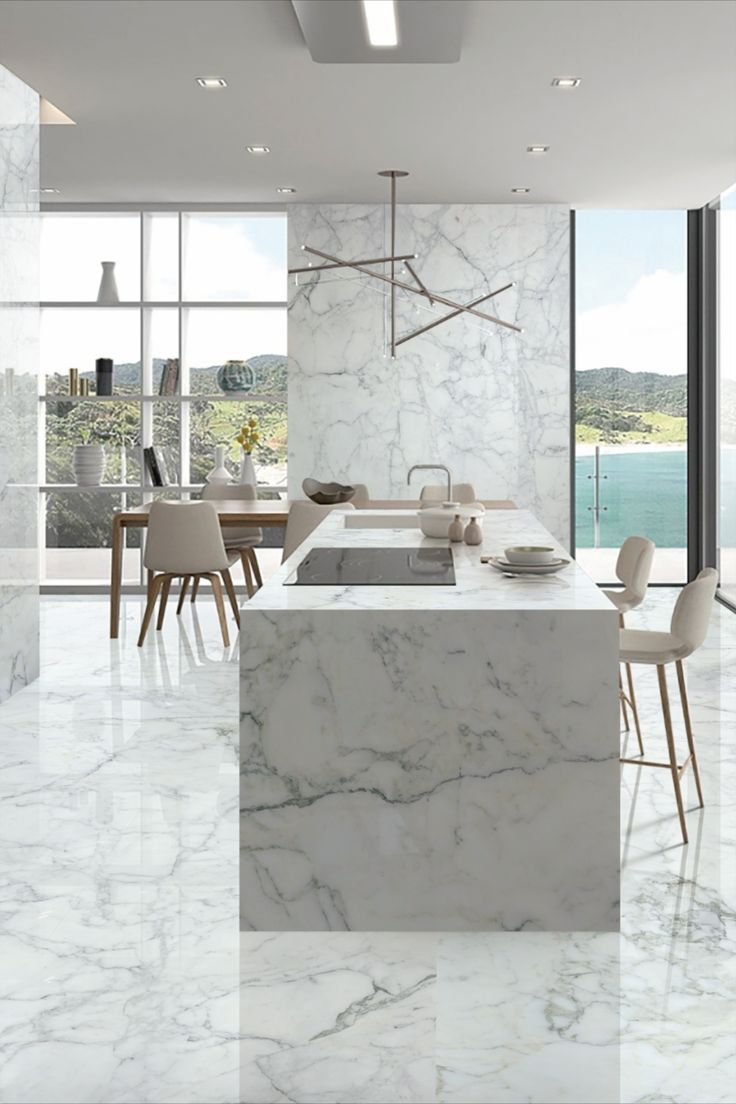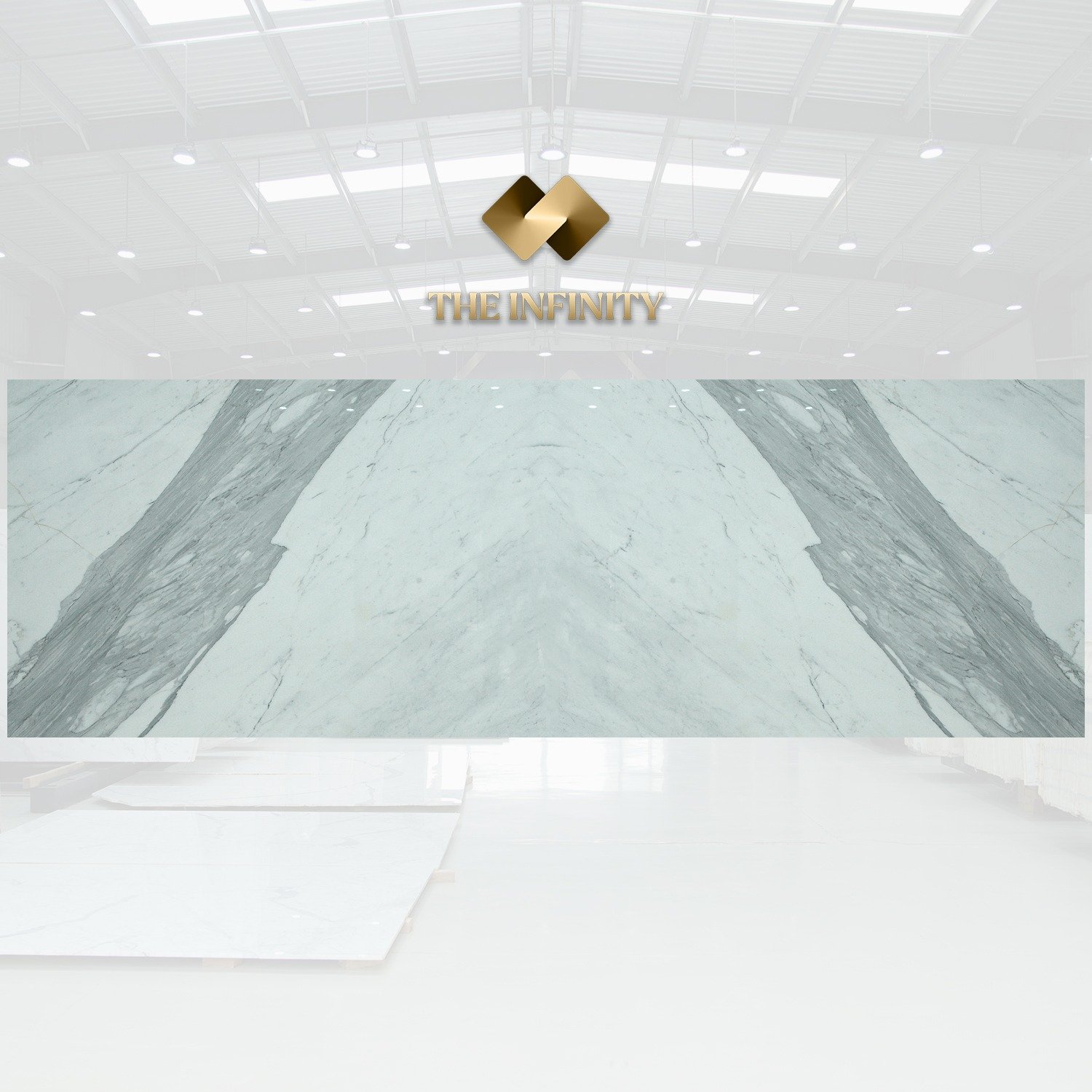Marble has long been a symbol of luxury and elegance in interior design, with its timeless beauty and classic appeal. Among the various types of marble available, Carrara and Calacatta marbles stand out as some of the most sought-after options. While they may appear quite similar at first glance, there are subtle but significant differences between the two. In this SEO blog post, we will explore Carrara marble and Calacatta marble, highlighting their distinctions in terms of origin, appearance, color, veining, and best applications.
Origin:
Carrara Marble:
Carrara marble is quarried in the Carrara region of Tuscany, Italy. It has a rich history dating back to ancient Rome, making it one of the most renowned marbles in the world.
Calacatta Marble:Calacatta marble is also quarried in Italy but primarily comes from the Apuan Alps. It is considered even more exclusive due to its scarcity compared to Carrara marble.
Appearance:
Carrara Marble:
Carrara marble is known for its softer, more subtle appearance. It generally has a white to light gray background with fine, feathery veining. The veining is usually light gray or silver.
Calacatta Marble:
Calacatta marble is characterized by its bold, dramatic appearance. It features a bright white background with thick and distinct veining that can range from gray to gold to taupe. The veining in Calacatta marble is more prominent and striking than in Carrara.
Color:
Carrara Marble:
Carrara marble tends to have a cooler color palette with bluish-gray undertones. It exudes a calm and understated elegance.
Calacatta Marble:
Calacatta marble is known for its warmer and more vibrant colors. The gold and taupe veining against a white background can create a more luxurious and opulent look.
Veining:
Carrara Marble:
The veining in Carrara marble is typically fine and random, giving it a more natural and organic appearance.
Calacatta Marble:
Calacatta marble boasts bold, dramatic veins that often form sweeping patterns and occasionally feature more symmetry, adding to its striking visual appeal.
Best Applications:
Carrara Marble:
Due to its softer and more subtle appearance, Carrara marble is often used in classic and traditional settings. It works well for kitchen countertops, bathroom vanities, and flooring.
Calacatta Marble:
Calacatta marble’s bold and dramatic appearance makes it ideal for creating a focal point. It’s commonly used in high-end kitchen countertops, feature walls, and luxurious bathrooms.
Conclusion:
Carrara marble and Calacatta marble may share Italian origins and the unmistakable allure of marble, but their differences in appearance, color, veining, and best applications set them apart. The choice between Carrara and Calacatta marble ultimately comes down to personal style, budget, and the specific design goals of your space. Both marbles offer timeless beauty and a touch of luxury that can elevate any interior.














